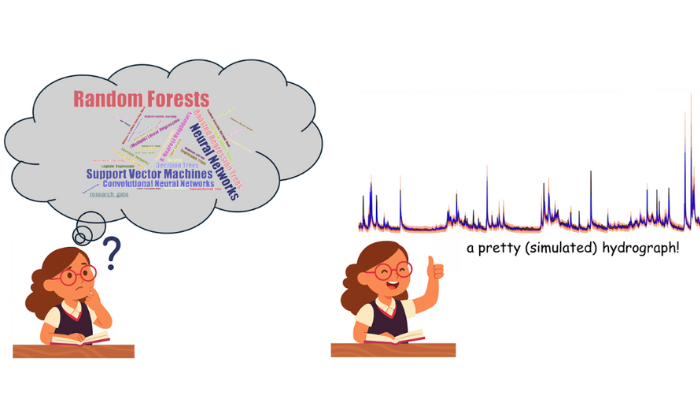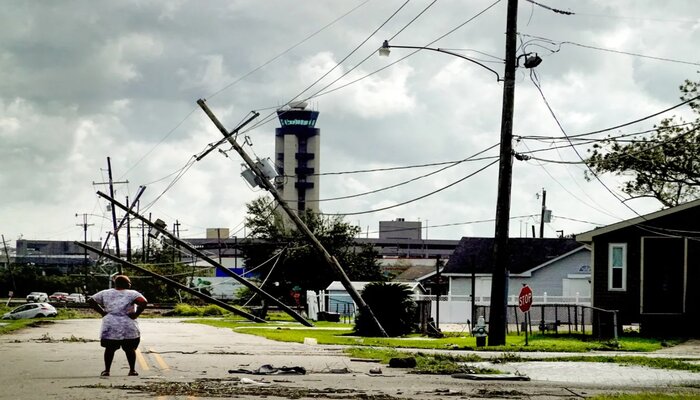Thank you all for an amazing EGU General Assembly (GA) this year! If you missed EGU25 or some of the events we organised, here’s a recap so you can stop wondering how it went and get an idea of what to expect next year. We started our week with the online division meeting on Wednesday before the general assembly, as is our tradition. We have made some significant changes within the division team a ...[Read More]
Cryospheric Sciences
A Scientific Quest from Australia to Antarctica
In this week’s blog, Levan Tielidze tells us about his participation in a scientific expedition to Dronning Maud Land, Antarctica, during the 2024–2025 field season. The journey, commencing in Australia and passing through South Africa, led him to the “surreal” and “awe-inspiring” Antarctic landscape. The team, a collaborative effort from Monash University, and the Un ...[Read More]
Geodynamics
The Sassy Scientist – Good day to fight the system academic edition
I’m still recovering from the Glastonbury festival of geosciences. What was the question again? Unrealistic expectations… Ah, wait. Found it. So Amina asks: Why is there an implicit expectation for postdoc mobility? Dear Amina, Why did you have to choose this question? My short answer is, it’s like you are stuck in quicksand. But I know you’re going to ask me WHYYY and expect a real answer. Fine. ...[Read More]
Hydrological Sciences
How to Keep Up with ML Developments – A Few Hints
Keeping up with current Machine Learning (ML) developments in hydrology can seem like a never-ending game of catch-up! Instead of drowning yourself in a heap of scientific publications, here are a few practical hints to help you stay ahead in the ever-evolving intersection of ML and hydrology. Hint 1: Surround Yourself with Experts and Like-Minded ML Enthusiasts When questioned about how they keep ...[Read More]
Natural Hazards
Be prepared, don’t be scared: Early Warning System Test during Thanksgiving on Cape Cod
This week I think back on my time in the United States of America, where I was able to spend the holiday season. In North America, “fall” marks the beginning of this holiday season, and symbolises a time filled with traditions of togetherness that transcends regions. In New England, particularly in the state of Massachusetts, the season is synonymous with crisp air, vibrant foliage, and the celebr ...[Read More]
Geodynamics
Unpacking Energy Resilience: The Role of Holistic Frameworks in Facing Extreme Weather Events and Future Challenges
Have you ever wondered what energy resilience means and how we can prepare for the future while facing extreme weather events? In this week’s blog, PhD Student Spilios Iliopoulos from the Division of Environmental Technology and Management at Linköping University, shares his thoughts about energy resilience and the important role of having in place holistic frameworks, whilst facing extreme weathe ...[Read More]
Cryospheric Sciences
Women Of Cryo VIII: Natalie Hewit – Documenting Antarctica’s Frozen Voices
Antarctica is a unique place where history, adventure, and science collide. It’s a continent that has fascinated explorers for centuries, but much of its story has been told through the lens of men who have ventured into its icy expanse. Natalie Hewit, a documentary filmmaker with a love for the polar continent, is changing that. Through her films, she brings Antarctica’s past and present to life, ...[Read More]
Ocean Sciences
Book Review: Below the Edge of Darkness by Edith Widder
Welcome to our new blog series, where we explore the fascinating world of oceanography through the lens of literature. Each post will feature book recommendations that involve the wonders of the ocean, from the imaginative realms of maritime science fiction to the educational pages of science nonfiction. Like Captain Ahab chasing Moby Dick, we’ll hunt down the best ocean literature for you. ...[Read More]
Hydrological Sciences
EGU GA 2025 – A Hydrological Wrap Up
The EGU General Assembly 2025 was an amazing success! Over the course of five sunny days in Vienna, 18,934 presentations were given across 1,102 sessions by the 18,646 on-site participants and 2,338 online attendees. There were plenty of events to choose from for the hydrologists attending. Across sessions, networking events, short courses, posters and medal lectures, we’ve put together some ...[Read More]
Geodynamics
Balancing pregnancy, family, and a scientific career: a look at the challenges faced by women in STEAM
In this week’s blog post, Dr. Katherine Villavicencio (University of Pisa) explores how women in STEAM navigate pregnancy and family life while advancing in their careers and examines the support (or lack thereof) provided by academic and research institutions. Science, Technology, Engineering, Arts, and Mathematics (STEAM) careers are undoubtedly demanding. For women in these fields, juggling the ...[Read More]










